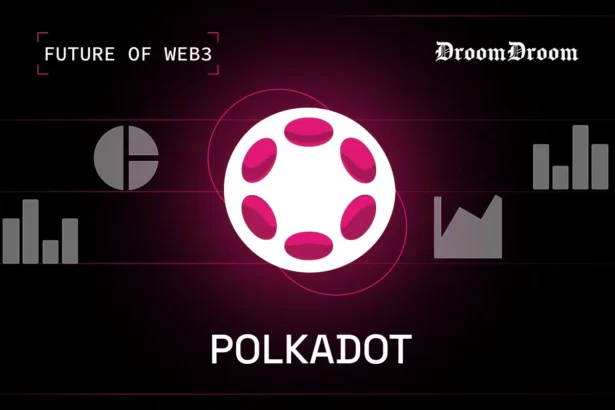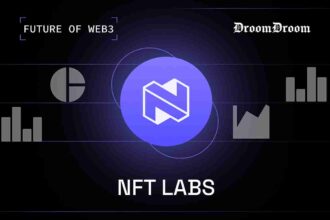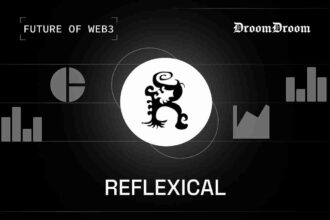Polkadot was launched to ease the challenges regularly faced by blockchain developers in the space. It helps in the transaction process between independently operated blockchain platforms by allowing them to communicate. The network uses permissioned and permissionless protocols, making it unique and allowing data transfer through public and private blockchains. It is the primary reason why independent blockchain developers prefer using Polkadot.
The network protocol also helps solve another significant issue in the blockchain industry. Unlike several popular networks, it allows the transfer of arbitrary data along with tokens.
In this article, we will explore Polkadot, its founders, architecture, and how it is reshaping the blockchain industry.
How was Polkadot created?
The solutions that the network protocol offers, which are comparatively new in the industry, are impressive. In May 2020, Polkadot’s genesis block was created. However, it has been in the works for more than five years. Ethereum co-founders Gavin Wood, Robert Habermeier, and Peter Czaban created its protocol. Its white paper was first published in 2016, and then its initial coin offering was held in October 2017, which helped raise $144.3 million.
Polkadot’s Architecture
The protocol has the ‘Relay Chain’ as its core blockchain, responsible for its shared security, cross-chain interoperability, and consensus. Along with it, there are ‘parachains’ working at the base of Polkadot. The ‘parachains’, otherwise known as parallel chains, were created by network users and can be used to optimize the functionality for specific use cases. Let’s learn more about the technical details of the Polkadot:
Consensus Algorithm
Polkadot uses the proof-of-stake (PoS) protocols. The consensus mechanism is more advanced and environmental-friendly as they help eliminate the computational cost of proof-of-work (PoW) protocols. Furthermore, the network protocol uses Blind Assignment for Blockchain Extension (BABE) as its block production engine, drawing its inspiration from Ouroboros.
Roles Within the Polkadot Network
The network features various governance roles that help with its functionality. For instance,
- Polkadot has nominators who help secure the Relay Chain by electing trustworthy validators and staking DOT, the network’s native token.
- The network protocol also has participants known as validators who, along with staking DOT, also help validate proofs from collators. They also participate in consensus with other validators.
- It also has collators who help maintain shards (several parts of the Ethereum network) by collecting shard transactions and proofs from validators.
- The council members of the Polkadot network are responsible for proposing referenda and vetoing malicious ones by representing passive stakeholders within the governance process.
- The network protocol also has a technical committee that primarily manages emergency referenda with the help of the council members. It helps fast-track the voting process and implementation of changes.
Main Challenges Of Polkadot
Polkadot aims to overcome several challenges faced by traditional blockchain networks in the industry. Some of its primary concerns are:
Improve Scalability
With a rapid increase in crypto adoption, networks struggle to keep up with the increased number of transactions. It is leading to several-hour network outages reflecting a significant gap in the industry. The protcol’s primary aim is to fix the issue, and thus, it introduced parallel processing of transactions across several parachains. It helps the network to process a high number of transactions concurrently.
Recommendation: Read this article to learn more scalability solutions in Blockchain.
Enhance Interoperability
To make the Web3 space decentralized in the true sense, eliminating third parties during transactions and sharing arbitrary data by enabling the permissionless protocol industry-wide is crucial. The protocol also aims to do the same and thus allows cross-chain communication and data transfer between different blockchain networks in a trustless manner.
Recommendation: Read this article to learn more about Blockchain Interoperability.
Final Thoughts
Polkadot was introduced to resolve the primary concerns in the industry. In just two years, the blockchain network has introduced significant advancements in blockchain technology, focusing on deploying trustless governance and heterogeneous multi-chain framework in Web3. Users are awaiting further updates on the network to witness how Polkadot revolutionizes the Web3 industry.




















